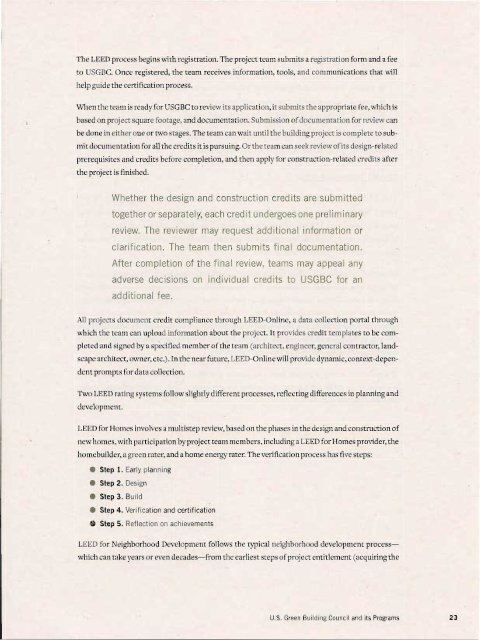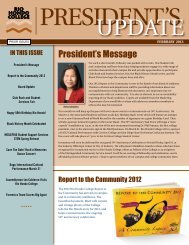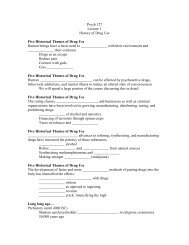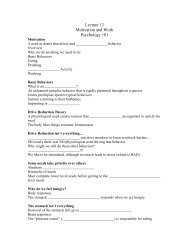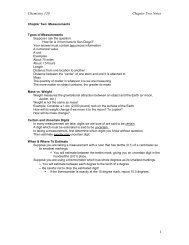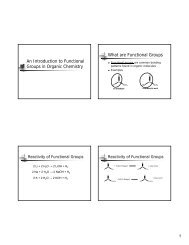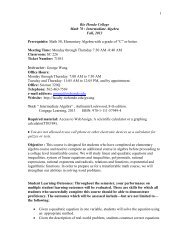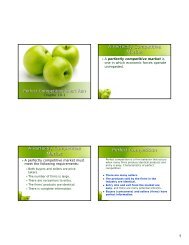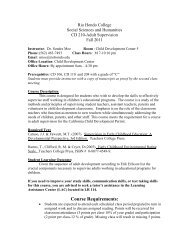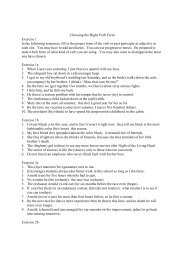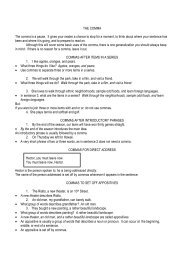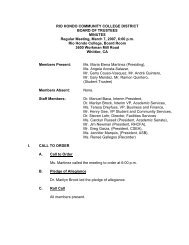Green Building and LEED Core Concepts Guide First Edition
Green Building and LEED Core Concepts Guide First Edition
Green Building and LEED Core Concepts Guide First Edition
Create successful ePaper yourself
Turn your PDF publications into a flip-book with our unique Google optimized e-Paper software.
The tEED process begins with registration. The project team submits a registration form <strong>and</strong> a fee<br />
to USGBC. Once registered, the team receives information, tools, <strong>and</strong> communications that will<br />
help guide the certification process.<br />
When the team is ready for USGBC to review its application, it submits the appropriate fce, which is<br />
based on project square footage, <strong>and</strong> documentation. Submission of documentation for review can<br />
be done in either one or twO stages. The team can wait until the building project is complete to submit<br />
documentation for all the credits it is pursuing. Orthe team can seek review ofits design-related<br />
prerequisites <strong>and</strong> credits before completion, <strong>and</strong> then apply for construction-related credits after<br />
the project is finished.<br />
Whether the design <strong>and</strong> construction credits are submitted<br />
together or separately, each credit undergoes one prel imi nary<br />
review. The reviewer may request additional information or<br />
clarification. The team then submits final documentation.<br />
After completion of the final review, teams may appeal any<br />
adverse decisions on individual credits to USGBC for an<br />
additional fee.<br />
All projects document credit compliance through <strong>LEED</strong>-Online, a data collection portal through<br />
which the team can upload information about the project. It provides credit templates to be completed<br />
<strong>and</strong> signed by a specified member of the team (architect, engineer, general contractor, l<strong>and</strong>scape<br />
architect, owner, etc.). In the near future, tEED-Online will provide dynamic,context-dependent<br />
prompts for data collection.<br />
1\vo <strong>LEED</strong> rating systems follow slightly different processes, reflecting differences in planning <strong>and</strong><br />
development.<br />
<strong>LEED</strong> for Homes involves a multistep review, based on the phases in the design <strong>and</strong> construction of<br />
new homes, with participation by project team members, including a <strong>LEED</strong> for Homes provider, the<br />
homebuilder, a green rater, <strong>and</strong> a home energy rater. The verification process has five steps:<br />
• Step 1. Early planning<br />
• Step 2 . Design<br />
• Step 3. Build<br />
• Step 4. Verification <strong>and</strong> certification<br />
• Step 5. Reflection on achievements<br />
<strong>LEED</strong> for Neighborhood Development follows the typical neighborhood development processwhich<br />
can take years or even decades-from the earliest steps of project entitlement (acquiring the<br />
U.S. <strong>Green</strong> <strong>Building</strong> Council <strong>and</strong> Its Programs 23


